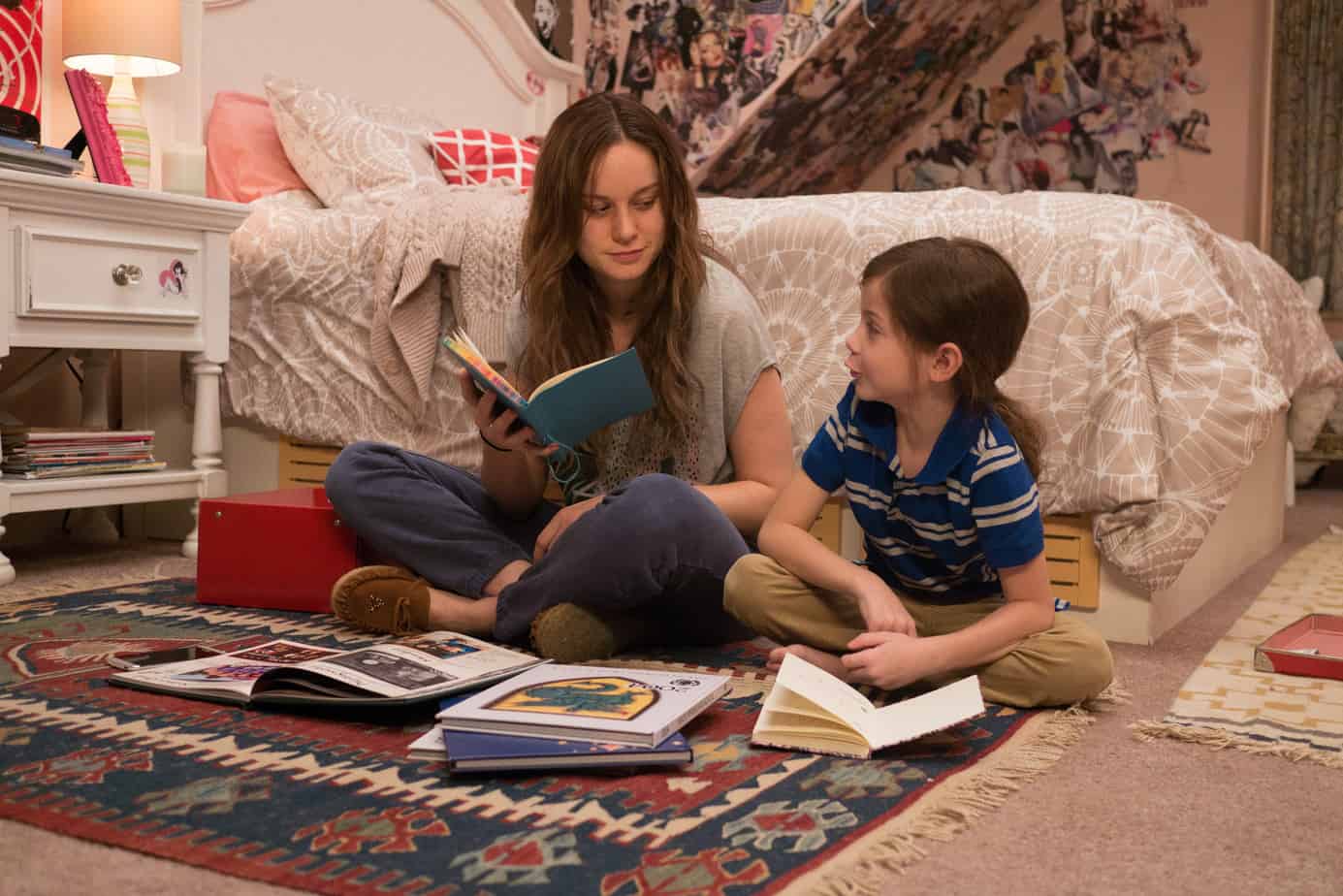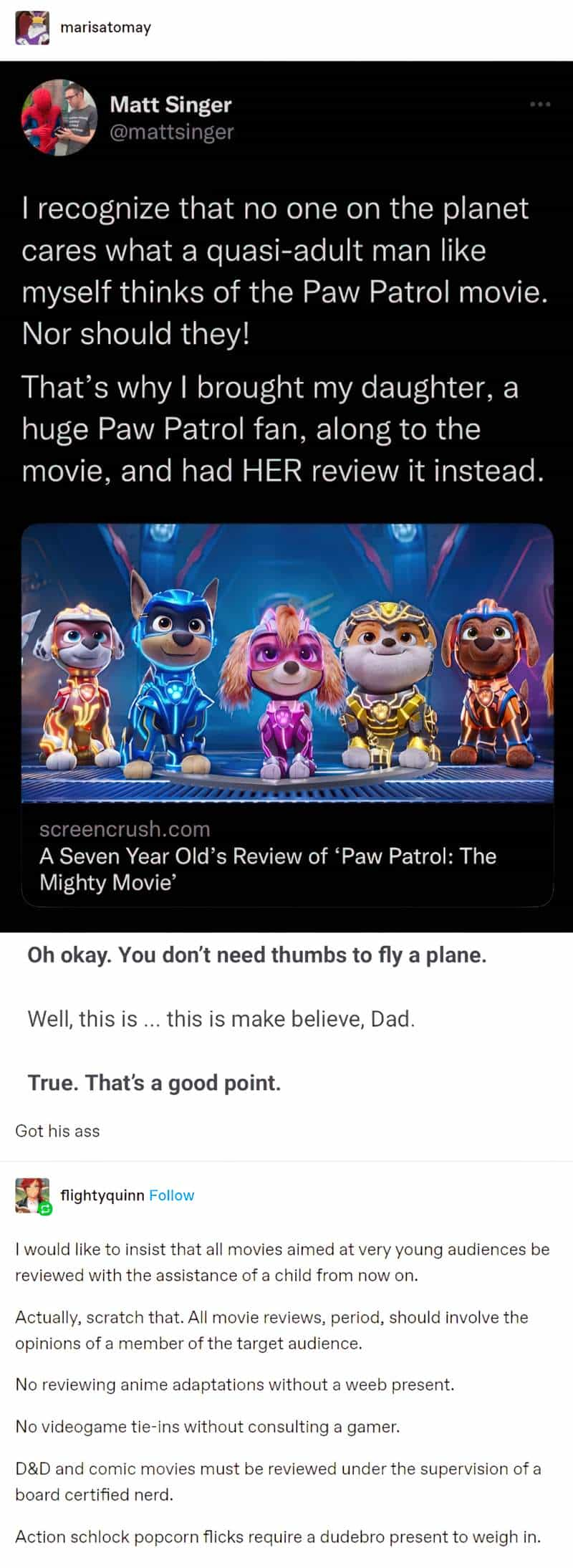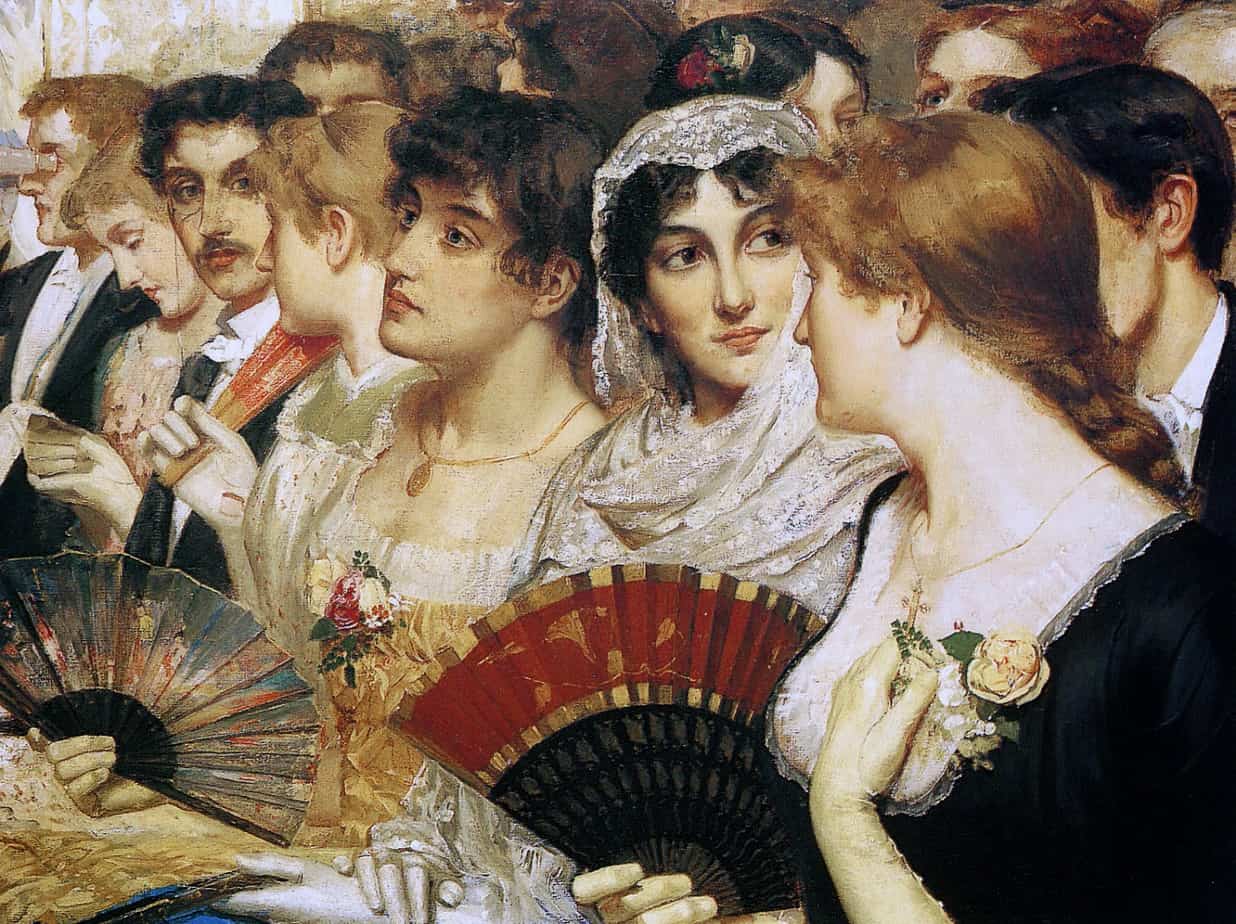Modern children’s books — picture books in particular — are required to appeal to adults as well as to children. This is known as a ‘dual audience’ story.
Some commentators have no problem with dual audience children’s stories.
One of the best kept secrets for adults is if you want to learn something new, read a kid’s book on the subject.
Vicki Cobb, on reading non-fiction
[When today’s parents were kids] […] we’d watch old cartoons like Looney Tunes or Mighty Mouse that our parents had enjoyed as children; we’d read books before bed like The Famous Five or adaptations of books like Great Expectations that they’d read; and on Sunday afternoons, we’d all gather round the telly to watch old Elvis movies and Abbott and Costello movies that our parents loved at our age.
And the rest of the time, we’d have to watch whatever they wanted to watch.
But today, the tables have turned, and it feels as if we spend most of our time having to watch what our kids watch.
Why Do Parents Have To Forgo Adult TV And Watch Children’s Shows? Sunil Badami
The stories in my book deal with adult themes like death, growing old, and raising children. It is not a children’s book, but in many aspects it reminded me of a children’s book. So what was it? The thought crept into my mind that what I had written was a “children’s book for adults.” So I looked this up and I found books such as Adam Mansbach’s Go the **** to Sleep. This book was funny but it contained swearing, and I did not mean my book to be for adults that way. I wanted to convey that my book is family-friendly even if it is directed to adults. So I came up with the term “children’s book for grownups”. But Amazon has no such category so grudgingly I published my book under “short stories” and “contemporary fiction”.
I envision children’s books for grownups to be about helping adults see the world through the eyes of a child and learn from children. These books are inspirational and motivational without necessarily being religious. Because they deal with adult themes they are therefore anchored in reality, but they contain elements of the magical, the unexpected or the unusual commonly found in children’s books. My intended target population for these books is adults who have had or have children, although I have received very enthusiastic comments about my book from people in other age groups.
from Rolando Garcia
Others don’t like it at all.
What narks me tremendously is people who pretend they’re writing for young children and they’re really writing to get laughs from adults. There are too many of those about. I refuse to believe that Carroll wrote Alice for that little girl. It’s much too complex for that.
Roald Dahl, writer
I think there’s a horrendous movement of people who think there’s a formula: “let’s draw everybody in party hats”, but really they’re appealing to adults while the children are actually bored.
John Burningham, illustrator
Why the change? I believe the demand for children’s stories that appeal equally to adult co-readers comes from the cultural expectation that good parents read to their kids. Parents are told time and again that children who are read to have a vocabulary thousands of words larger than deprived children, who have no books in the house. And so parents are reading three picture books before bedtime each night — which is a joy, and sometimes an obligation.

The story Room by Emma Donaghue, adapted for film in 2015, features a mother and son locked in an underground room — a metaphor for the imprisonment of early parenthood in general.
Books feature heavily in this story — the mother has access to the same few picture books and is faced with the mind-numbing task of reading them over and over to her son, who was born in this tiny world.
When I think of modern picture books, with their dual audiences, I think of this mother and I’m actually kinda grateful for the trend.
IS AN IMPLIED ADULT READER A PROBLEM FOR CHILDREN’S LITERATURE?
It is certainly proving problem for YAL. With less and less space given to YAL and children’s literature in newspapers and mainstream publications, consumers rely increasingly on other consumer reviews. It’s a problem when adults come to a young adult story complaining that the main characters are behaving like young adults, especially when these reviewers give books not meant for them low starred reviews.
THE DUAL AUDIENCE IS NOT NEW
Let’s not make the mistake of thinking an implied dual audience readership began with tentpole animated film. Let’s take Charlotte’s Web as an example. This book definitely found a readership among adults, and some argue the themes are more for adults than for kids. I’d argue that Charlotte’s Web is an outstanding example of a dual readership book. I enjoyed it as a kid and differently as an adult.
What makes Charlotte Web dual audience?
‘IRONICAL DOUBLE VISION’
In The Annotated Charlotte’s Web Peter Neumeyer describes Charlotte’s Web’s narrative technique by saying, ‘White employs an ironical double vision — both of child and of adult.’
What does this phrase mean? It’s subtle. Here’s the example passage from Charlotte’s Web:
[Fern] closed the carton carefully. First she kissed her father, then she kissed her mother. Then she opened the lid again, lifted the pig out, and held it against her cheek. At this moment her brother Avery came into the room. Avery was ten. He was heavily armed — an air rifle in one hand, a wooden dagger in the other.
Neumeyer’s commentary:
Since an air rifle and a wooden dagger do not amount to heavy armaments, White has assumed an adult voice that articulates ten-year-old Avery’s perception — which, however, the ten-year-old could not have articulated.
Thus, by way of a complex narrative strategy, White is actually commenting wryly on events.
In other words, White created an ironic gap by inserting distance between how the narrator views a situation and how the child character views a situation. If the child reader understands this, or gets it at a gut level, they must make a decision: To laugh alongside the narrator, or to side entirely with the child.
It’s not clear when children first start to pick up irony. Earlier research suggested it happened in (neurotypical) children around the age of eight, but a newer study says age four. I’m sure it depends heavily on culture, as well. Some cultures (and families) are more heavily ironic than others.
Whenever it happens, understanding irony is a slow process of understanding more and more over time. When children’s writers make use of certain types of irony, they are often addressing adult co-readers.
The Irony Typical of Picture Books
Picture books also contain a lot of ironic distance between words and picture. The child reader is expected to understand this from a very young age. Rosie’s Walk is the standout example of irony in picture books. Even very young readers will see that the words and the pictures tell completely different stories: A hen’s nice walk versus a hen’s perilous escape from a hungry fox.
Picture books must always contain ironical double vision. It’s impossible that a toddler would understand the nuances of an illustration to the same degree as an adult.
Take the example of Guess Who’s Coming To Dinner, one of my favourite picture books. It’s no accident this is one of my favourite picture books. It appeals to the adult reader by design.
Lack of Double Vision in Young Adult Literature
Young adult literature is different again because half of its readership are teenagers, half are adults. Young adult novels are largely read alone, not as family read-alouds, nor as class read-alouds. Developmentally, the young adult-aged reader has a keen radar for condescension, and will understand if an unseen narrator is poking gentle fun at a young adult character, however subtly.
Here is an interesting paper about ironic double vision (or lack thereof) in contemporary young adult literature, which is mostly written in first person and creates a bit of a problem for authors. Here it is called ‘double voiced discourse’.
In a double-voiced text the author is the creator of “not voiceless slaves…, but free people, capable of standing alongside their creator, capable of not agreeing with him and even of rebelling against him.
Bakhtin
Two or more ideological positions share the text without any one being
Mike Cadden
in obvious control. Though the reader may come to some decisions about the “rightness” of a particular perspective, the text has not clearly argued for that position and has provided other complete positions to consider. In a single-voiced text there is one dominant and didactic voice with no representation of a legitimate alternative position.
All ironic texts, including parodies, require some kind of double narrative. Audience understanding requires they recognise two implicit meanings.
Another example in Charlotte’s Web is when Mr Zuckerman sees Wilbur eating heartily and says he’ll “make a good pig”. Wilbur feels proud of himself in a childlike way for being a good pig. But the older reader will understand that Mr Zuckerman wants Wilbur to get nice and fat before slaughter or sale.
Another way of achieving more than one narrative viewpoint is to tell a story from various viewpoints, perhaps alternating character by chapter. When different characters recall the same temporal event, offering their own take on it, this has been called narrative parallax. The literary Impressionists loved it because it lined up with their worldview that there’s no such thing as The Truth, only different takes on it.
The double-ness of narration in Charlotte’s Web is a lot more subtle than the above techniques, and I perhaps wouldn’t have noticed it had Peter Neumeyer not pointed it out.
Other trends concern me more:
It is not seldom that writers misjudge their audience. Writers may declare that they write for boys and girls between ten and twelve, while the implied readers of the novels may have to be slightly older and more mature to understand the character, or the character’s experiences will only appeal to girls, or the particular settings and events of the novel presuppose a certain knowledge of the British public school system in the nineteenth century, or the intertextual links address reader with substantial reading habits. All this does not necessarily prevent real readers from enjoying a text that postulates a different implied reader.
Maria Nikolajeva in The Rhetoric of Character In Children’s Literature
However we feel about stories with a dual audience, when adult and child read the ‘same’ story, it can never be the same story.
To watch again children’s films in adulthood lets us travel self-consciously to somewhere now closed off from us, because the audience is changed, because we have changed
Hutcheon, Linda. A Theory of Adaptation. Routledge, 2012, quoting a film critic
The Children’s Film: Genre, Nation and Narrative
Noel Brown is a film and television scholar at Liverpool Hope University. His research has focused on Hollywood and British cinema (classical and contemporary), family entertainment, children’s culture and animation. His first three books were published by I.B. Tauris and include, The Hollywood Family Film: from Shirley Temple to Harry Potter, Family Films in Global Cinema: The World Beyond Disney, and British Children’s Cinema: from The Thief of Bagdad to Wallace and Gromit. Now his newest, The Children’s Film: Genre, Nation and Narrative (Wallflower Press, 2017) looks at children’s film to explore its cultural and social impact, and it shows the evolution of a beloved genre that has resonated across ages and generations.
New Books Network


